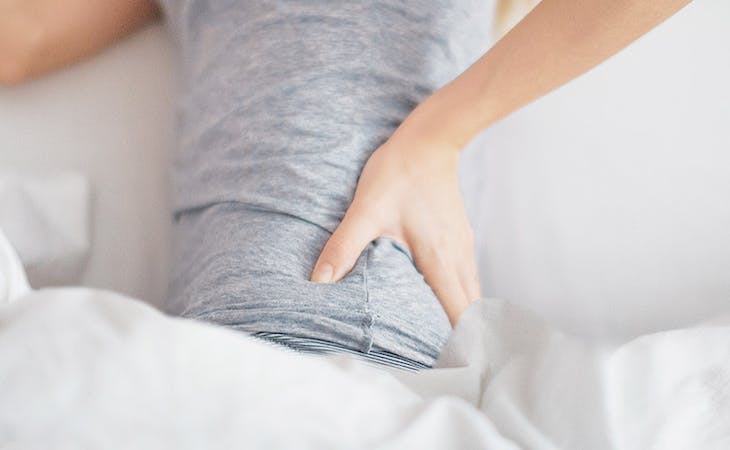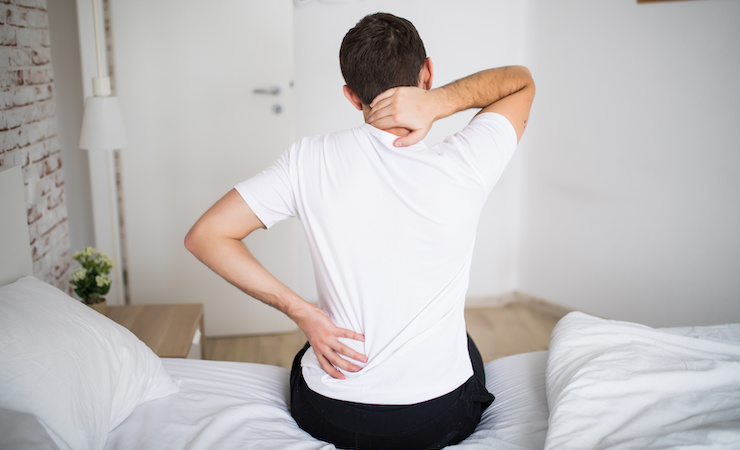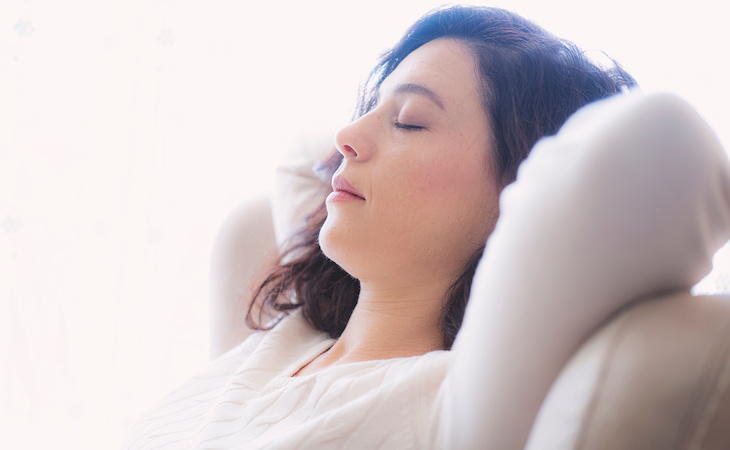Did you feel a twinge in your lower back when you woke up this morning? How about right now, as you’re reading this?
Back pain can be so common that we treat it as a way of life, but it’s not—and you shouldn’t. What’s the cause of back pain at night? Is it your sleep position? Or can a mattress cause back pain?
Can a mattress cause back pain?
The first step in treating back pain is to identify the source, but that’s not always as easy as it sounds. The pain can be caused or exacerbated by any number of factors, such as aging, old injuries flaring up, an inactive lifestyle, or jumping into a new activity or exercise too quickly.
Another reason for back pain is often overlooked: “If you wake up every morning hurting, there’s a possibility that the source of your pain is your mattress,” says Robert Hayden, a chiropractor in greater Atlanta and spokesman for the American Chiropractic Association.
In fact, evaluating your mattress should be “square one” if you’re unable to get a comfortable night’s sleep, says Terry Cralle, a spokesperson for the Better Sleep Council. After all, you spend about a third of your life (give or take) sleeping, and mattresses wear over time—which could be causing back pain. Plus, sleep habits that were fine in your younger, more lithe years might not serve you well today. (Remember that secondhand futon with the broken slat that you happily flopped down on in your first apartment?)
The good news is that if your mattress is at the root of the problem, simply switching your bedding—either replacing an old mattress or changing from one style to another that suits your sleep preferences better—might be the key to waking up refreshed and without back pain. Use the following checklist to help you determine whether your mattress is likely to be the source of your discomfort.
Take note of when and where the pain appears
Back pain caused by a mattress is generally muscular in nature, says David Coppola, a chiropractor and holistic doctor in Key Largo, Fla. For example, if you’re stiff and achy when you first get up, but feel better as the day goes on, or if your symptoms are relieved by yoga and stretching, it may be your mattress causing back pain.
“The symptoms commonly present themselves to the middle back, though of course the lower back will hurt more if there are degenerative changes to the vertebrae,” such as arthritis, Coppola adds.
While switching mattress types is a potential fix, there’s no one best type of mattress for back pain: different people’s bodies have different needs for sleep comfort, depending on factors like your height and weight, what position you sleep in, and whether you prefer warmer or cooler surroundings. “You may find yourself getting very sore and stiff from a mattress that is either too soft or too firm,” Hayden says. (Check out these tips for choosing the best mattress for back pain.)
Consider the age factor
When it comes to mattresses, older isn’t better. After five years’ worth of wear and tear, mattresses are more likely to cause back pain, and most of us keep ours nearly twice as long, according to the International Sleep Products Association. What’s more, bodies change; a mattress that supported you 25 pounds ago might not be your best choice now.
In one landmark study, subjects with beds more than five years old were given new mattresses to replace their existing ones, which were nearly a decade old, on average. These people reported that sleeping on their new mattresses resulted in less back pain, better sleep, and less stress, and the improvements researchers observed continued through the four-week period researchers tracked them.
Look for sagging spots
A sagging mattress can cause back pain because it throws your spine out of alignment. “The goal is for your spine to be neutral. If your mattress allows your spine to curve up or down, that’s not healthy for blood circulation or for resting your muscles,” chiropractor and ergonomics expert Scott Bautch tells Health magazine.
Not sure whether yours is drooping? Hayden suggests this trick: lay a yardstick or something rigid across the bed. If you can fit your hand underneath the yardstick without pressing down, the mattress is sagging.
Even if there’s no telltale slump in the center, however, it’s crucial to pay attention to what your body is telling you. If you can identify spots that are hard, lumpy, or where you can feel the springs poking through, there’s a good chance that your mattress might be contributing to your aching back.
Check again after vacation
When you go to bed in an unfamiliar place, you likely recognize right away when the mattress is sagging, lumpy, or hard as a rock. But because most of us keep our mattresses for longer than we probably should, we become accustomed to sleeping on a less-than-optimal surface a little bit at a time. So you may want to do an evaluation after a vacation or time away from home, when your mattress will feel a little less familiar. “Periodically assessing your sleep surface is really part of the healthy sleep lifestyle,” Cralle says. (Here’s more advice on when it’s time to replace your mattress.)
Read our mattress guide for additional tips on choosing a new mattress.







